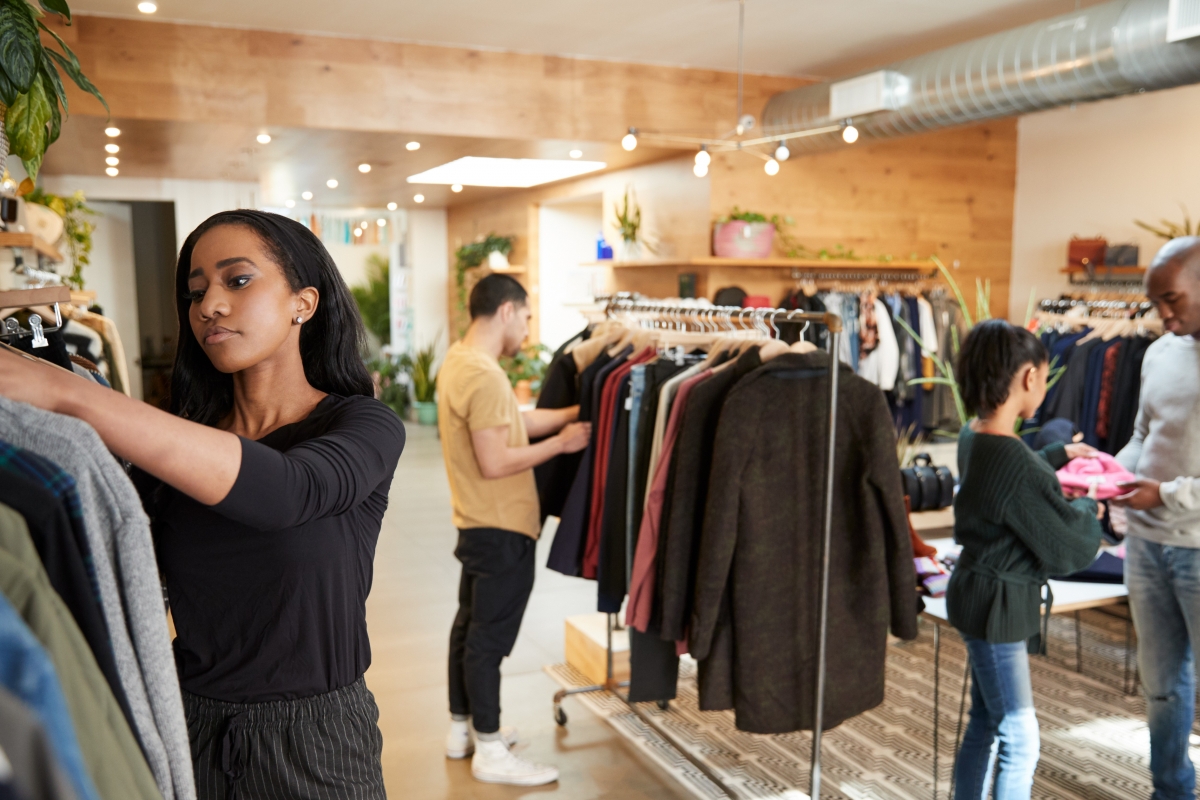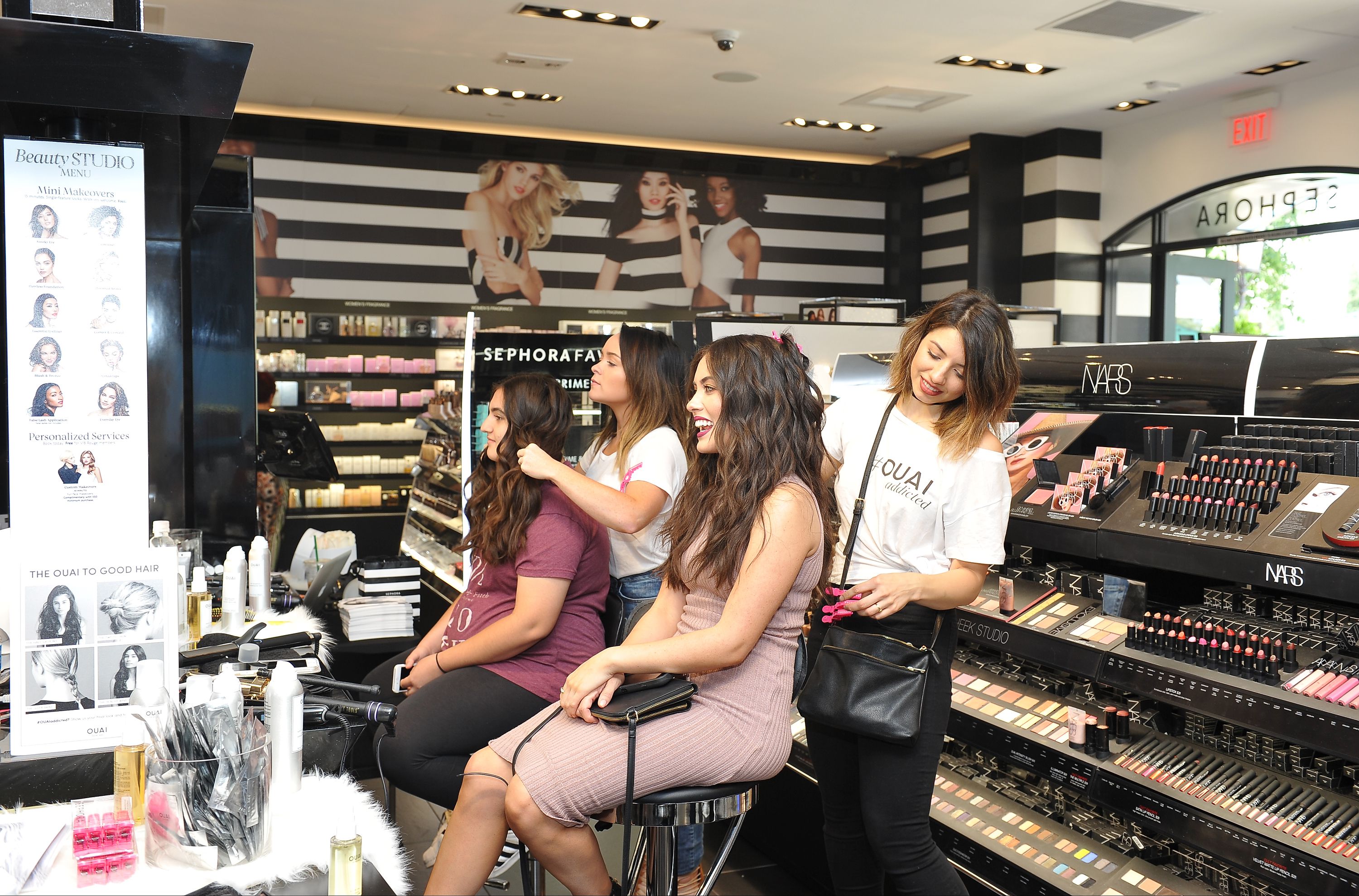Impulse buying is one of the greatest sources of potential for brick and mortar stores that seek to improve their shopability and increase revenue. As reactions to external triggers, these unplanned decisions to buy a product or service have been a great interest source to some of the biggest players in retail. Certainly, knowing that one-third of all consumers make at least one spontaneous purchase every week, the attention impulse buying receives comes as no surprise.
So, what creative tactics are industry pioneers using that encourage shoppers to impulse buy, thus accounting for a significant proportion of the overall consumer purchases?
Promotional effects as discounts, coupons, and gifts are very well known in the field, and although they encourage impulse buys, they do not necessarily lead to an improved shopping experience. As the latter is one of our core values, we find greater interest in looking at effects that encompass atmospheric, experiential and hedonic factors. Here are some of the most interesting ways to subtly encourage such behavior while offering a great shopping experience:
Play your music well
Music can influence our moods and emphasize emotions and its power has been the topic of many studies. Perfectly coordinated fine tunes also play a significant role in shopping behavior as using the right tempo, volume, and genre can increase spending habits of many customers and animate them to shop long.
Accordingly, if retailers want shoppers to stay in a store for a longer time and increase the chances of buying more items, they should play softer music as silence and loud music hurry customers away. If, on the other side, their goal is to generate movement, then louder music with a faster tempo will be more convenient. An interesting element retailers could consider is how to combine different types of music based on what they want to accomplish. Hence, check-out zones could play faster music to avoid excessive crowd accumulation while the rest of the store could play slower music and thus encourage items browsing.

Music also has the potential to influence the type of products we buy. A study conducted in an American Wine shop showed that when stores would play classical music, shoppers would buy more expensive wines. On the other side, when they would play music as the Top-Forty List, shoppers would opt for lower prices products. This has largely to do with the fact that humans associate classical music with higher quality and more prestigious products, and are thus willing to pay more for it.
Popular products? In the back
Have you ever asked yourself why, when grocery shopping, you have to go all the way to one side to get bread and then to the complete opposite side, to get milk? Because these are popular products, and no, they are not placed in such way by mistake.
To increase the chance of impulse buys, retailers first need to ensure visitors will see them and a smart placement of popular products comes in as great help. If retailers put them in the the back of the store, this will encourage consumers to walk all the way to get them, while in the same time noticing many other impulse buys.
However, this does not mean the most popular products should be gathered in one place only. In the contrary, separating popular items and placing them at opposite store ends will force the consumer to move from one side of the store to the other, seeing as many goods as possible. Grocery stores make so much more sense now, don't they?
Crowds prevent impulse buys
In general, crowded areas harm the shopping experience and lower the chance of impulsive buying. When this happens, shoppers try to adjust by reducing the time spent in store, buying less to enter express check-out lanes, postponing purchases, relying on shopping lists and reducing interpersonal communications. To encourage impulse buying, retailers should then look into methods of minimizing crowd congestion through the store and staff rearrangement.
Although big crowds certainly are not comfortable, retailers can on the other side use the frustration caused by long queues to their advantage, and present waiting customers with some last-minute products. The most efficient way to encourage shoppers to grab items while waiting in queue is by setting up serpentine queuing. This single line queue offers more shelf space to display products and it allows shoppers to move around without losing their waiting spot. Nonetheless, if retailers opt for this strategy, they should keep in mind that serpentine queuing looks longer than it is and can turn off shoppers from concluding the buy. To prevent this, they can display the waiting time left or can keep queuers distracted placing TVs with entertaining content. Besides entertainment, TV displays can also show impulse products that are on sale, inspiring unplanned purchases before the check-out.

In serpentine queues, retailers should showcase products that don’t require much thinking. Consequently,they should pick a limited variety of items that are not overwhelming or too expensive. Victoria Secret, for example, does this is an great way by displaying trial size products near the checkouts as these items are economical, uncomplicated and handy.
What items are the best impulse buys?
Besides factors that encourage impulse buying, retailers should keep in mind the products that make the best impulse buys. These are items with sensual appeal, practical purchases, and buys that complement the primary product line.
Products with a sensual appeal include perfumes, lotions, cosmetics and anything that can be touched or held. When promoting these products, retailers should offer product samples or demos to give shoppers a small taste of the product. As an illustration, Sephora encourages cosmetics impulse buying through their makeover sessions. In their stores, an experienced makeup artist gives makeovers to shoppers, perfectly blending the element of experience, staff knowledge and demonstration.

Practical items as batteries, candles and socks are items almost everyone needs are great impulse buys. To encourage their buy, retailers can use signage, lighting, and color to grab shoppers attention. For signage, retailers most often play on the sense of urgency and last stock, displaying the signs on and around the product. Using colored lighting or spotlighting, they set the display apart and draw customer’s attention through bright and bold colors, as the red sale signs.
If retailers want to encourage the sale of a specific product, they can display it as a complementary product to popular items that sell well. This tactic is specifically popular in online stores like Amazon, where as soon as you add an item to your cart, other complementary products appear.
As a significant percentage of our weekly purchases is a result of impulse buying, this sector offers great potential for brick and mortar stores that want to increase their revenues. That being said, seek to implement the aforementioned tricks in your model and observe how it transforms your store.
Are you curious to learn more? Through our integrated decision-making platform at StoreDNA, we help you deliver dramatically improved performance through better product assortments, store layouts, visual merchandising, and associate optimization. Learn more here.